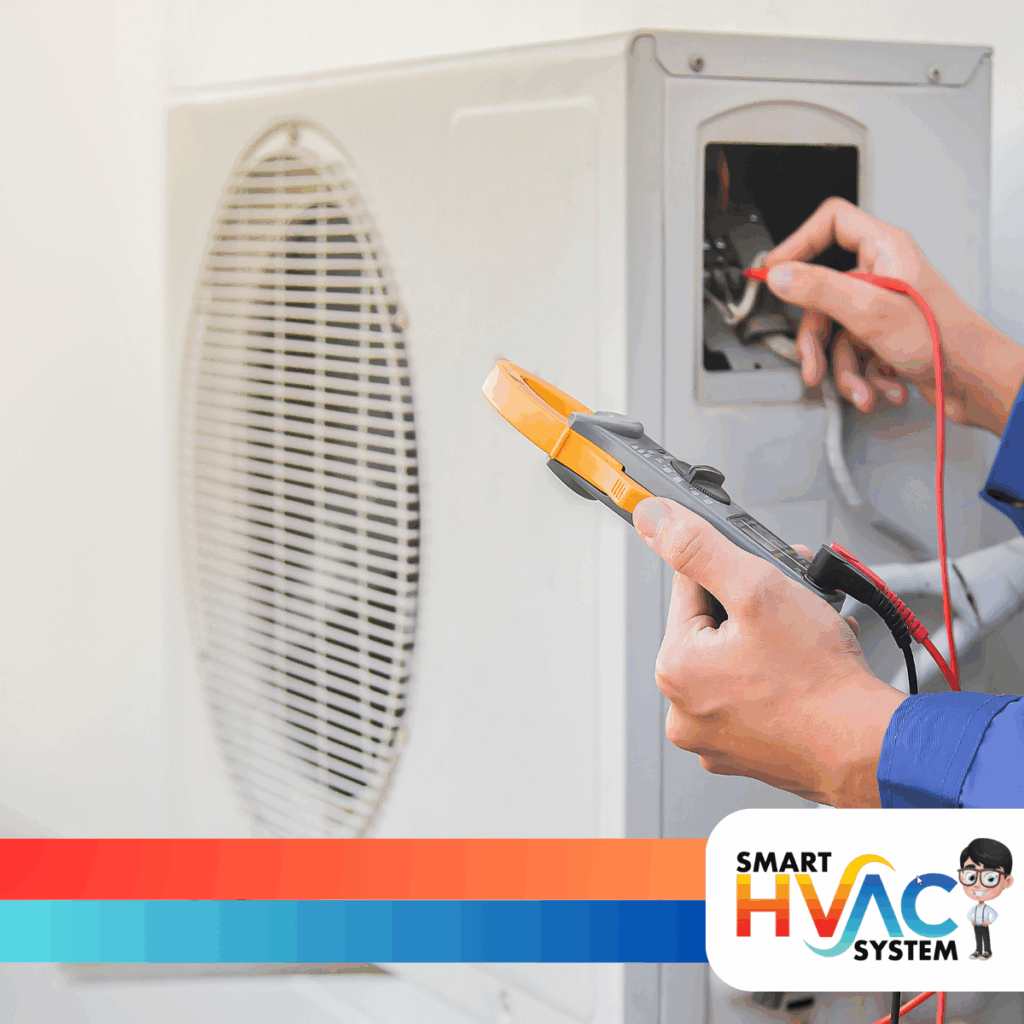So, you’ve finally decided to upgrade your cooling system—great choice! Whether it’s your first system or a replacement, knowing what to expect during your air conditioning installation can ease the process and ensure everything goes smoothly. From selecting the right AC unit to the final test run, here’s a complete walk-through to help you feel prepared and informed.
1. In-Home Evaluation and Load Calculation
Before the actual air conditioning installation, a licensed HVAC technician will schedule an in-home consultation. This is a critical step because it ensures your new AC unit is sized correctly for your home.
What they’ll evaluate:
- Square footage
- Insulation quality
- Window orientation and number
- Existing ductwork or ventilation
- Local climate conditions
Using this information, the technician will perform a Manual J load calculation to determine the correct size and capacity of your air conditioning system. An undersized unit will struggle to cool your home, while an oversized one will short-cycle and waste energy.
2. Selecting the Right Air Conditioning System
You’ll then choose your new air conditioner. Options may include:
- Central air conditioning systems
- Ductless mini-split systems
- Heat pumps (for both heating and cooling)
Important factors to consider:
- SEER rating (Seasonal Energy Efficiency Ratio) – Higher SEER means better energy efficiency.
- Noise level
- Smart thermostat compatibility
- Brand warranty and service availability
Your installer will help you balance performance, cost, and long-term savings when picking your AC unit.
3. Preparing Your Home for Installation Day
Once the system is chosen and scheduled, you’ll want to prepare for the big day. Here’s how:
- Clear the area where the indoor and outdoor units will be installed.
- Make pets or small children safe and out of the way.
- Ensure there is access to electrical panels and attic spaces (if applicable).
Most air conditioning installations take between 4 to 8 hours, depending on complexity and whether it’s a replacement or a brand-new setup.
4. Removal of the Old Unit (if applicable)
If you’re replacing an older air conditioner, the first step for the crew will be to:
- Power down and safely disconnect the old AC unit
- Recover refrigerant according to environmental guidelines
- Remove indoor and outdoor components
- Dispose of the old system properly
They will also check if your ductwork, electrical connections, and drain lines need any upgrades or cleaning before proceeding.
5. Installing the New Air Conditioner
Now the real work begins! The technicians will:
- Mount the indoor air handler or evaporator coil (usually in an attic or closet)
- Set up the outdoor condenser unit on a solid base
- Run refrigerant lines and electrical connections between components
- Seal all ductwork to avoid air leakage
- Install or update your thermostat (especially if it’s a smart one)
Proper AC installation ensures optimal airflow, balanced cooling, and system longevity. It’s the foundation of your system’s performance.
6. Final Testing and Quality Check
Once the system is installed, the team will:
- Check refrigerant levels
- Test the system for leaks
- Measure temperature differentials
- Calibrate the thermostat
- Verify that airflow is reaching every room
They’ll run the air conditioning unit through multiple cycles to ensure it starts, runs, and shuts off correctly. This testing phase is crucial to avoid issues down the line.
7. System Walkthrough and Maintenance Tips
A great air conditioning service doesn’t end with installation. Before leaving, your technician should:
- Show you how to use your new thermostat
- Explain maintenance tips (like how often to change air filters)
- Recommend when to schedule your first AC maintenance visit
- Provide warranty information and paperwork
You’ll walk away with confidence knowing exactly how your air conditioning system works and how to keep it running efficiently.
Understanding what happens during an air conditioning installation helps you feel confident about your investment. From choosing the right HVAC system to that final test run, each step matters in ensuring your comfort, efficiency, and peace of mind.
READ MORE:

